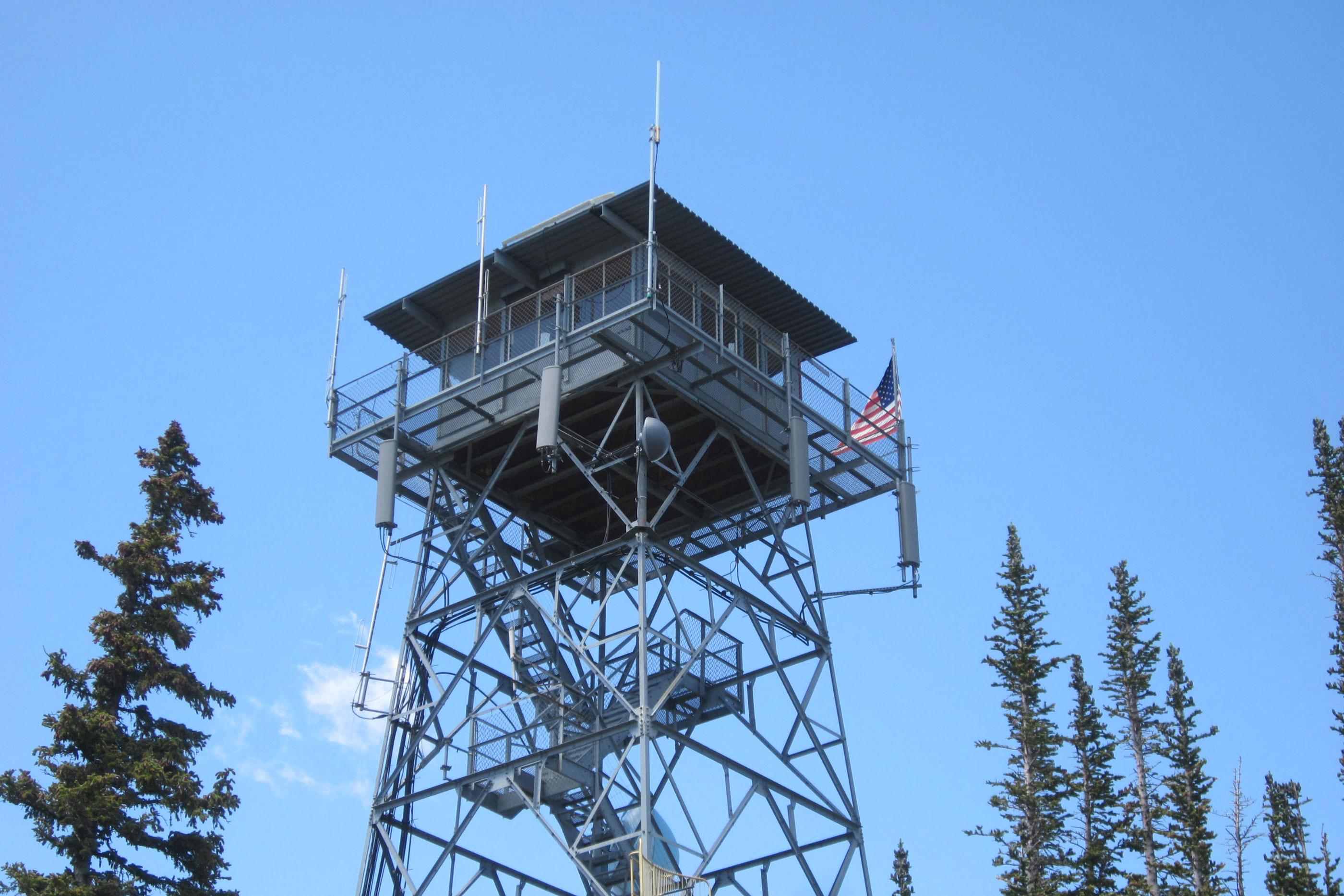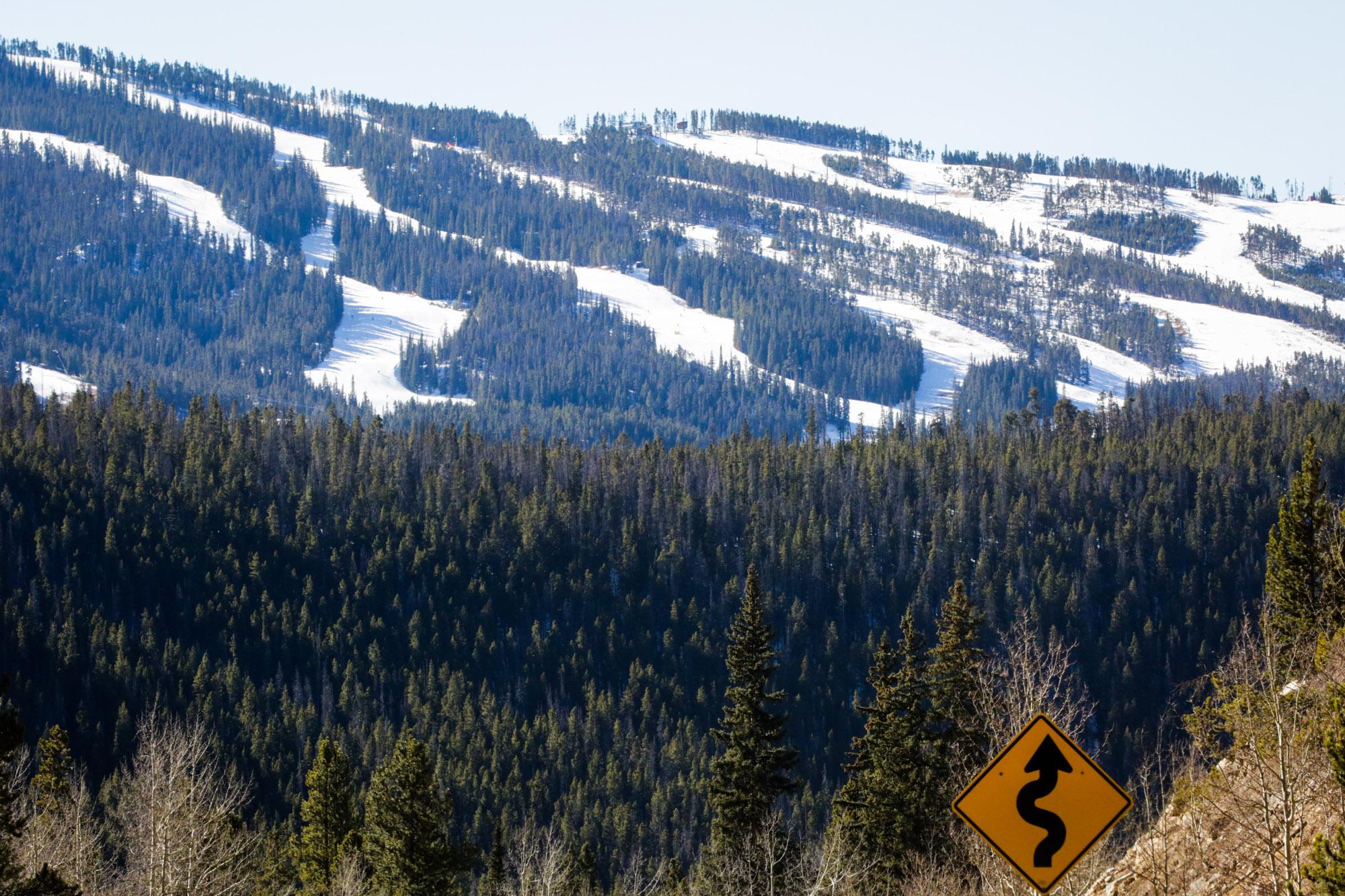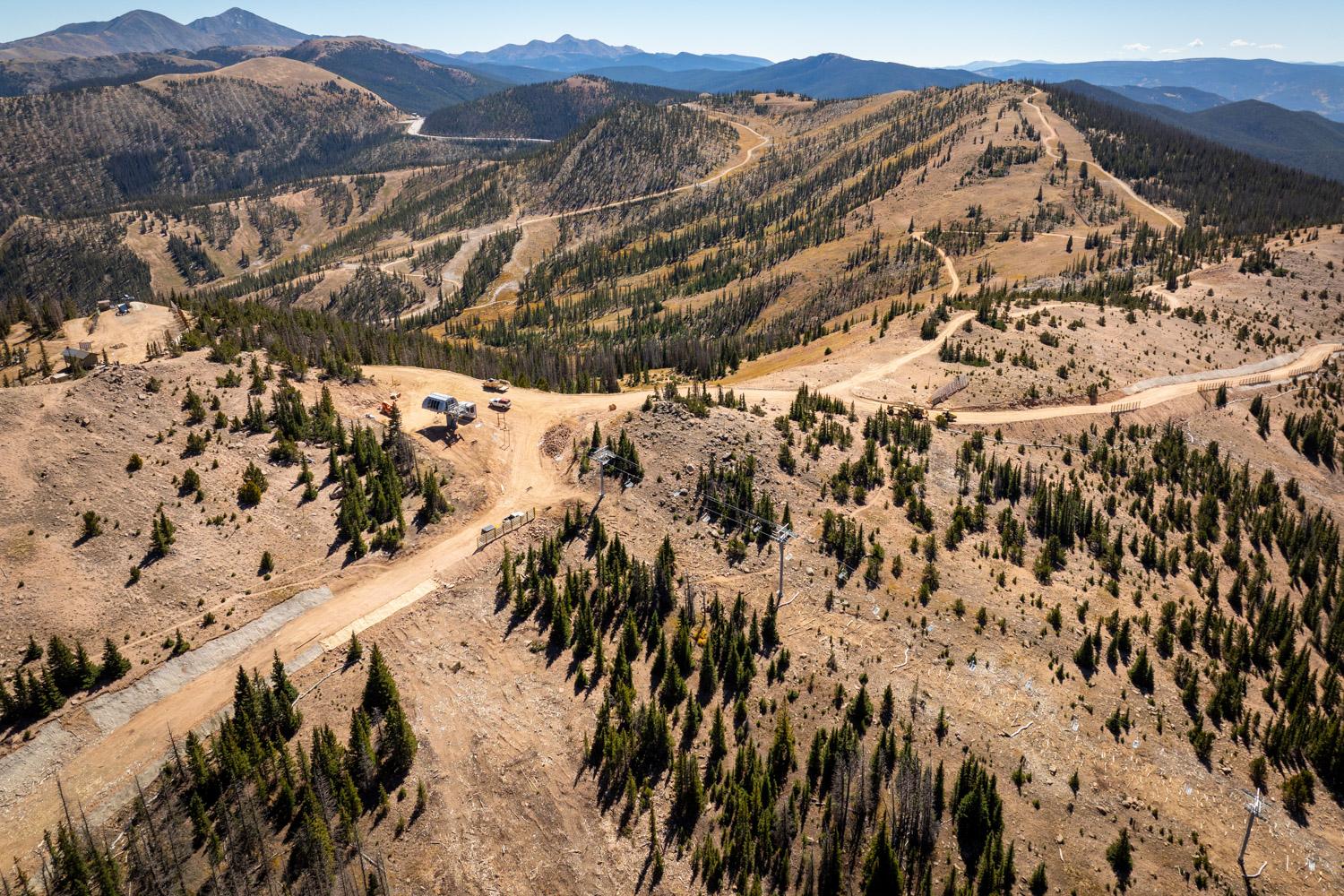

Fire-lookout towers perched atop remote, craggy peaks across the U.S. West may seem like quaint reminders of an era before satellites, smartphones and jet-propelled air tankers.
Indeed, some of the structures are more than 100 years old. But with their lofty views and good old-fashioned human observation, fire lookouts play a crucial role in the nation’s front-line efforts to stop wildfires.
“The biggest piece of this puzzle is to keep fires small,” said Kassidy Kern, a U.S. Forest Service spokeswoman based in Oregon’s Deschutes National Forest. “And the way to do that is to have someone who is vigilant and scanning.”
- Deadman Lookout: Historic Tower Minutes From Fort Collins (via Coloradoan.com)
Fire lookouts start taking on more responsibility about now as wildfire season transitions from lower elevation grasslands to higher elevation forests. Some towers are just getting staffed as snow melts and they become accessible. This week, according to the National Interagency Fire Center, there are more than 50 large wildfires, mostly in the West, that have consumed about 1,500 square miles.
The Forest Service saw the need for early detection following wildfires in 1910 in Idaho and adjacent states that merged, killing 87 people and torching 4,700 square miles.
The solution was fire lookouts, with the number peaking somewhere around 5,000 in the 1940s, many constructed by the Civilian Conservation Corps, a federal program that paid young, unemployed men during the Great Depression to plant trees, develop parks and build roads and other structures. Only about 400 lookouts remain, mostly in the West, after the Forest Service decided aircraft could replace them and destroyed many lookouts from the 1960s through 1980s rather than pay for needed repairs.
Using aircraft to spot wildfires, particularly after lightning storms, has become a significant part of the Forest Service’s firefighting efforts. But officials have also found the remaining lookouts spot the majority of forest wildfires in the areas they cover, giving firefighters crucial extra time to put them out before they spread.
In general, officials say, aircraft can remain aloft for only limited periods and can miss the faint or intermittent smoke from a nascent wildfire. A fire lookout can zero in on the area and spend more time observing it to get a better understanding of what might be happening.
“A trained lookout can be pretty darn accurate,” said Rene Eustace, fire lookout coordinator for part of Montana’s Bitterroot National Forest. “They learn the country. That’s one of their jobs.”
Fire-lookout towers are found mostly in national forests, which have autonomy on using them. Idaho’s Salmon-Challis National Forest in 2010 opted to boost its staffed lookouts from four to six and cut back on flights over the rugged area.
Those who staff the lookouts usually stay in the rustic, one-room towers or in nearby cabins during fire season. Each tower is unique, but many are outfitted with a wooden bed frame, a table and chairs and an outhouse. Some contain small kitchens and wood stoves.
“Being a lookout is not a job for everybody,” said Forest Service lookout Samsara Duffey, preparing to spend the next three months at about 8,000 feet (2,400 meters) at Patrol Mountain Lookout in Montana’s Bob Marshall Wilderness with her dog, a blue heeler named Rye. “But it’s a good job for a lot of folks who have patience and the ability to be alone.”
Lookouts make about $14 an hour for an eight-hour day and time-and-a-half for overtime. In an average four- to five-month season, Eustace said, a busy fire lookout can expect to work 200 to 300 hours of overtime.
Duffey said that like many lookouts, she’s vigilant the entire day as opposed to just the eight hours she’s being paid. This will be her 21st summer at the tower. The attraction: “Just the idea of being able to wake up on a mountaintop and spend the day watching the clouds move and the light change,” said Duffey, 42. “It’s really tough to walk away from that.”
The walk into Patrol Mountain Lookout is not so easy either — a 6-mile (10-kilometer) uphill hike, a typical effort for many fire lookouts.
That’s a selling point, the Forest Service has discovered, for backcountry enthusiasts who don’t mind spending money to hike in and rent a fire lookout that’s no longer active and experience what Duffy gets paid to do.
Medicine Point Lookout in the Bitterroot National Forest is where Eustace started his firefighting career in 1976. “It was essentially saved from destruction because the Forest Service decided to restore it and put it into the rental program,” he said.
Nearly 75 such lookouts are available for rent, the sales pitch combining great views with a sense of history.
Medicine Point was built in 1940 and, like many other lookouts, is listed on the National Register of Historic Places. Some active fire lookouts are also on the list.
Efforts continue, meanwhile, to figure out a way to once and for all make fire lookouts obsolete with modern and potentially cheaper ways to spot fires. One plan replaces humans with remotely operated cameras.
“They’ve tried that, but so far it’s not perfected,” Eustace said. “It’s still, in my opinion and the opinion of a lot of folks in the Forest Service, better to have a person on a mountaintop who can give you a description.”









